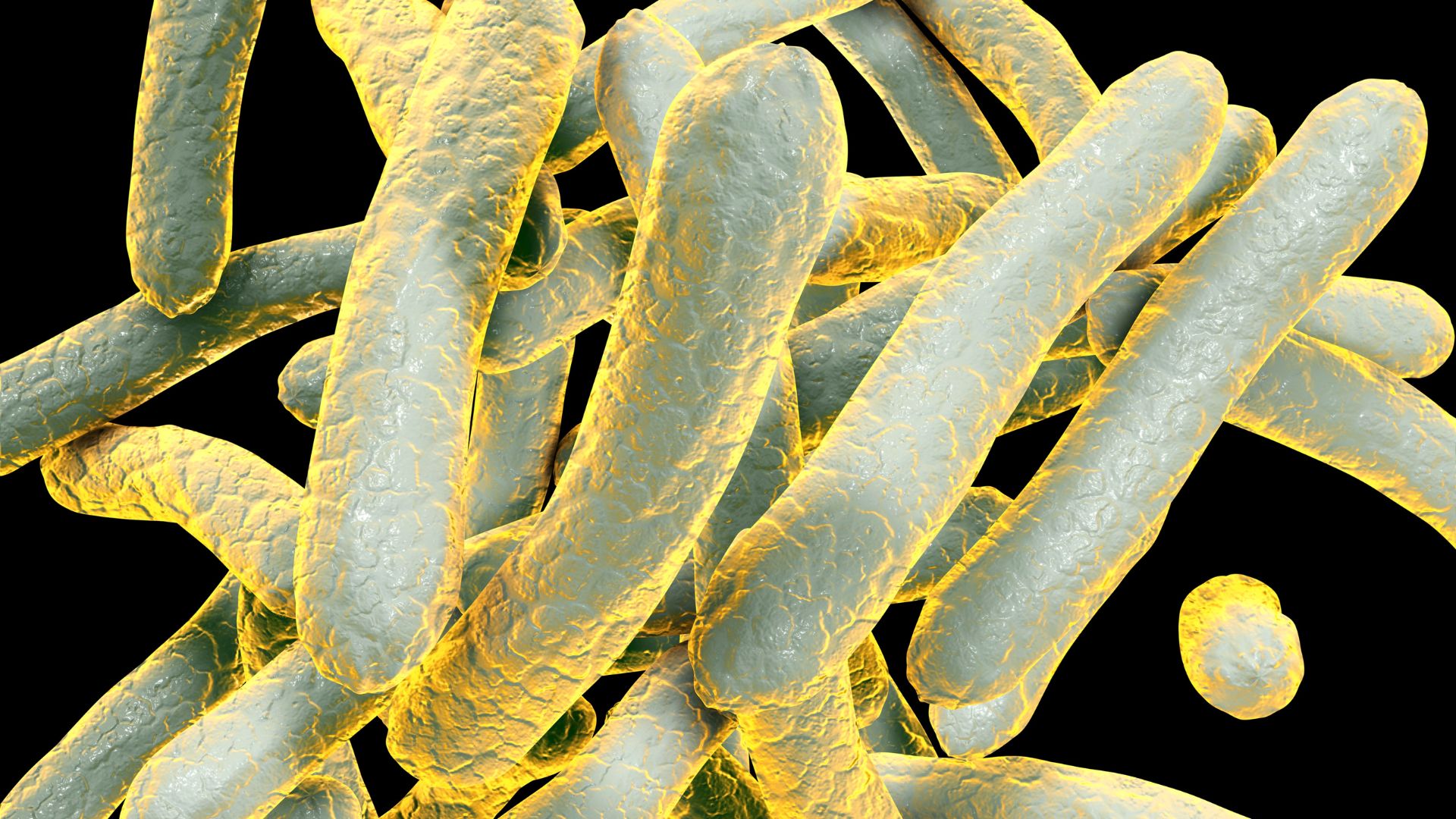170 people 'likely exposed' to tuberculosis in Long Beach outbreak
Health officials have warned of an ongoing tuberculosis outbreak in Long Beach, California.

A tuberculosis (TB) outbreak in Long Beach, California, has been declared a public health emergency by health officials, as nine hospitalizations and one death have been reported to date.
The city's health officer, Dr. Anissa Davis, made the declaration Thursday (May 2), and the Long Beach City Council will consider it for formal approval next week.
The outbreak follows an uptick in TB across the entire state of California. More than 2,100 active cases of the disease were reported last year, which is 15% more than were reported in 2022. This marks a return to typical levels of active TB seen prior to the COVID-19 pandemic, when cases temporarily dipped.
Tuberculosis, which is caused by the microbe Mycobacterium tuberculosis, can lie latent in a person's body, initially causing no symptoms, and then activate if the immune system is weakened by age or disease. About 5% to 10% of people who carry the bacteria ultimately develop active TB.
Related: 1st known tuberculosis cases in Neanderthals revealed in prehistoric bone analysis
In the Long Beach outbreak, 14 people with active TB had been identified as of April 29. The cases have been tied to a single-room-occupancy hotel in the city, which has not been identified so as to protect the patients' privacy.
"People who were staying at the hotel at the time or could have otherwise been exposed have been or will be contacted by the Health Department," the May 2 statement notes. "Through the course of this investigation, staff have identified approximately 170 people who have likely been exposed to TB."
Sign up for the Live Science daily newsletter now
Get the world’s most fascinating discoveries delivered straight to your inbox.
The department is working to check the people who were potentially exposed to TB by assessing their symptoms, running blood and skin tests, and performing chest X-rays. They expect the "number of cases and contacts to increase" as the investigation unfolds.
The department's TB Control Program has been treating those impacted by the outbreak and will be providing treatment for people identified with both active and latent cases, as both kinds require antibiotics. People with latent disease can't spread TB but could someday progress to active disease. Treatment requires "months of multiple medications." The department is also providing people temporary housing, food and transportation as needed.
"The level of attention needed to contain the outbreak is well beyond the scope of the Department's day-to-day work," the statement notes. "Declaring a public health emergency streamlines the Department's ability to quickly secure resources and take additional action to contain the outbreak."
The outbreak poses a low risk to the general public. The bacteria behind TB spread through the air, but they're not nearly as transmissible as SARS-CoV-2, which causes COVID-19. Instead, the infection spreads through prolonged exposure to a person with active TB, particularly in close, poorly ventilated environments.
"The outbreak is currently isolated to a distinct population," the statement notes. "The population at risk in this outbreak has significant barriers to care, including homelessness and housing insecurity, mental illness, substance use and serious medical comorbidities," such as HIV infection.
This article is for informational purposes only and is not meant to offer medical advice.
Ever wonder why some people build muscle more easily than others or why freckles come out in the sun? Send us your questions about how the human body works to community@livescience.com with the subject line "Health Desk Q," and you may see your question answered on the website!

Nicoletta Lanese is the health channel editor at Live Science and was previously a news editor and staff writer at the site. She holds a graduate certificate in science communication from UC Santa Cruz and degrees in neuroscience and dance from the University of Florida. Her work has appeared in The Scientist, Science News, the Mercury News, Mongabay and Stanford Medicine Magazine, among other outlets. Based in NYC, she also remains heavily involved in dance and performs in local choreographers' work.
Measles has long-term health consequences for kids. Vaccines can prevent all of them.
100% fatal brain disease strikes 3 people in Oregon









